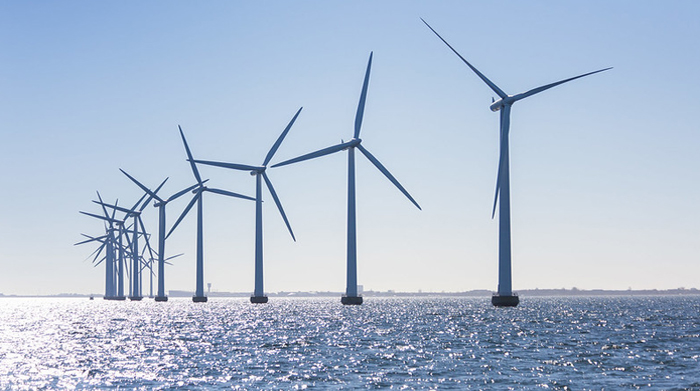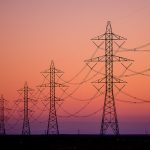New Underwater Power Grid Could Jumpstart the Offshore Wind Industry

Image courtesy of European Wind Energy Association under Attribution-NonCommercial-NoDerivs 2.0 Generic License, resized to 700 x 391 pixels.
Offshore wind makes sense in theory, but it is logistically complex. But thanks to a new underwater power grid technology, it could soon become a lot easier to transmit power from offshore wind sites to the mainland. This, of course, would be helpful given that electricity use is expected to increase dramatically going forward.
The Underwater Power Grid Explained
The U.S. Department of Energy (DOE) and 10 states in the northeast (collectively known as the Northeast States Collaborative) partnered in July 2024 to develop an offshore power grid that would support over 85 GW of offshore wind power by 2050. This would entail building “backbone transmission lines” off the East Coast, from North Carolina to Maine, in an area that currently has dozens of offshore projects in the queue.
The key element of the underwater power grid is the notion of a meshed design. Currently, offshore wind projects are connected to the onshore grid on a point-to-point basis, which is time consuming and costly. But with the new approach, offshore wind farms would be connected to a shared transmission line that, in turn, would connect to the onshore grid.
Not only is this shared approach more time and cost effective, but it would also allow electricity to be transmitted up and down the East Coast to where it is needed the most at any given point in time. This should certainly help improve overall reliability.
Of course, it’s one thing to design an underwater power grid, it’s another thing to build and then operate it. There are a few things that would need to be done to successfully accomplish the objective, including modifying government incentives, involving everyone in the planning process from day 1, and ensuring full stakeholder collaboration throughout the project.
If those things can be done, I have high hopes that some day an underwater power grid will be an important component of the overall U.S. energy infrastructure.



